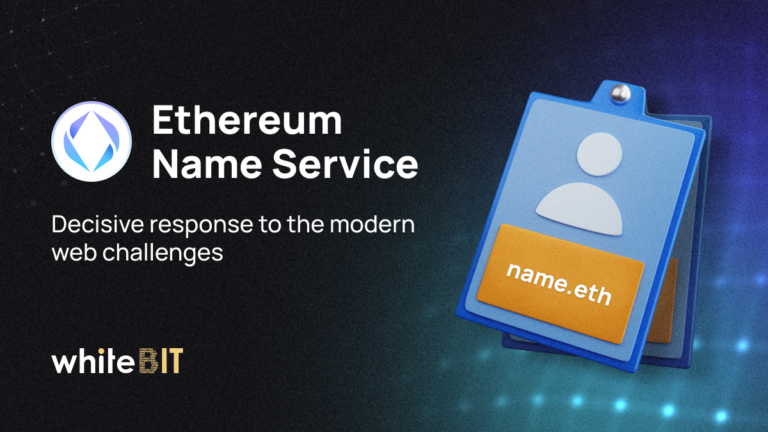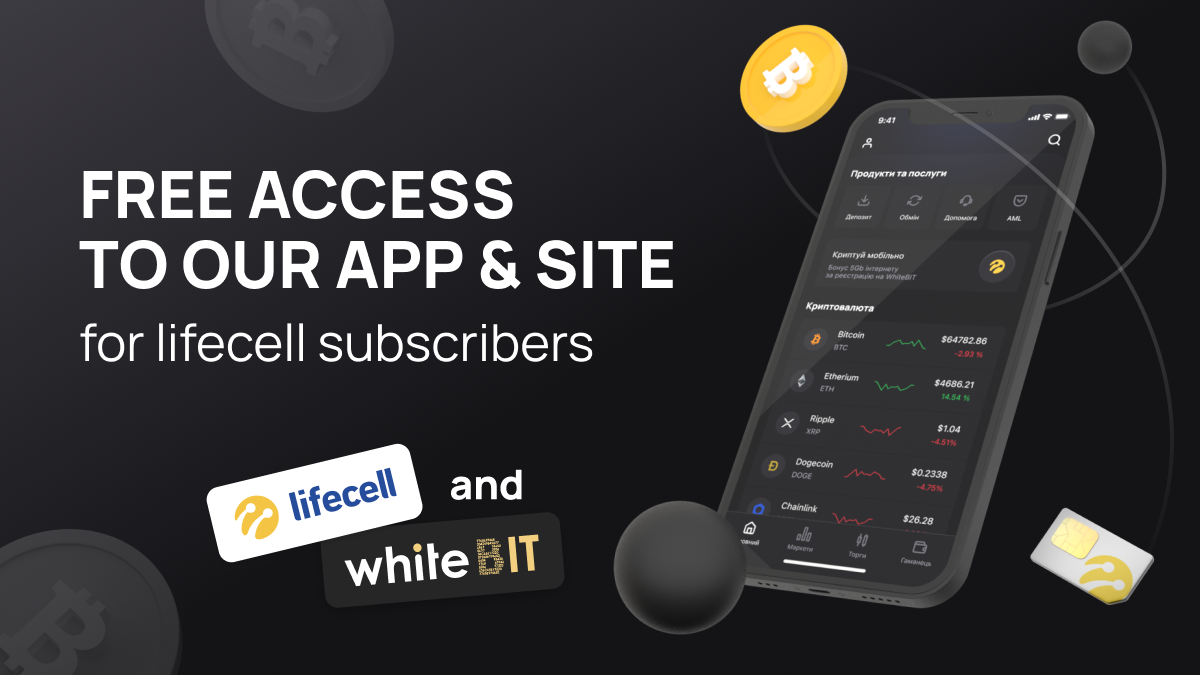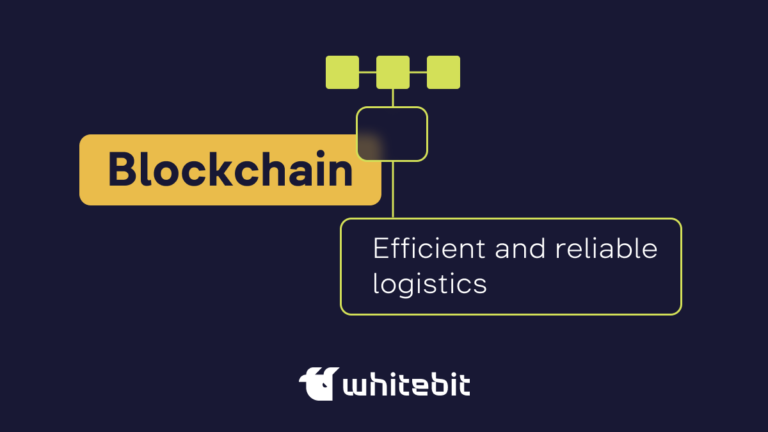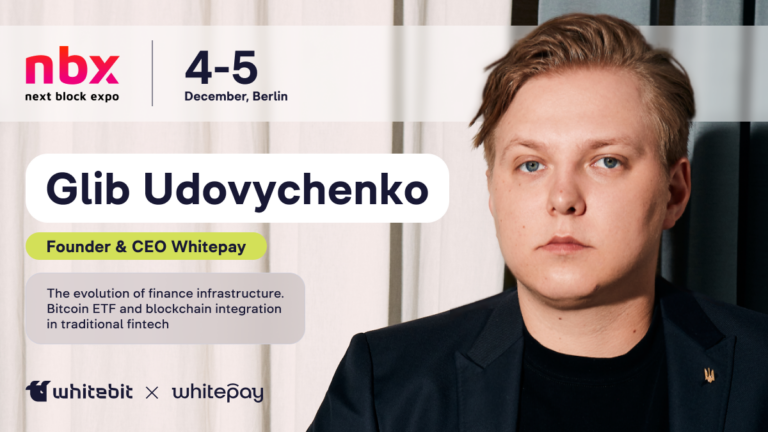GameFi: How to Get Crypto for Playing Games
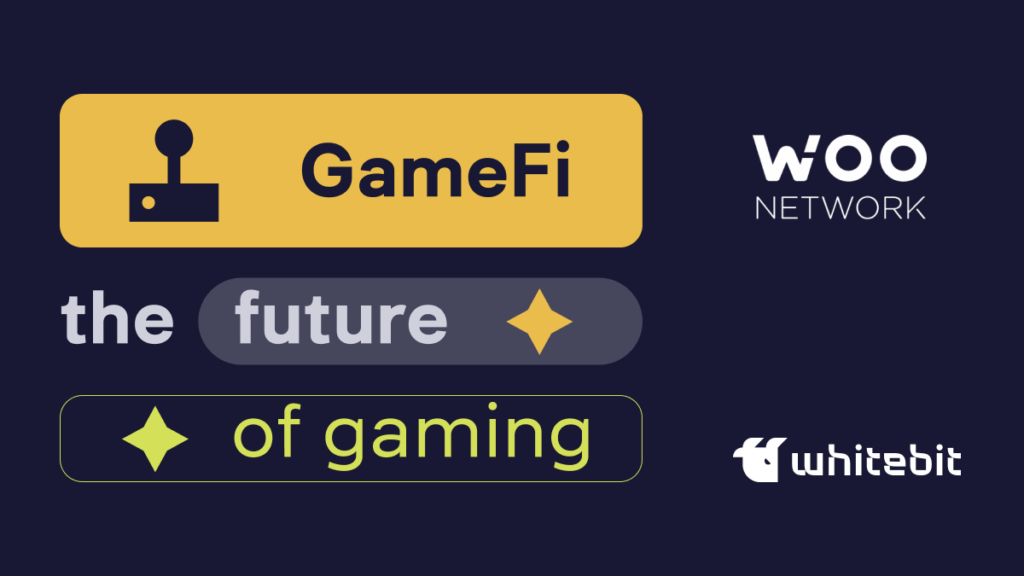
Content
What if, being a gamer, you get rewards for your time online? It’s not a hypothetical question but a working concept in GameFi. Let’s figure out how this idea brings us closer to Web3 and how it relates to metaverse and blockchain. This is the second article in cooperation with Woo Network, and the first one is available here.
What is GameFi
The answer to this question is as simple as ABC. Well-known traditional video games started their story in the 1950s. Half a century of gaming industry evolution brought a whole new level of gaming experience due to graphics and storytelling. Then the blockchain came along, changing how we think about finance and earning in various spheres thanks to decentralized finance (DeFi). DeFi is a financial system based on distributed ledgers for peer-to-peer exchange on the blockchain. Hence, a blockchain is a highly multifunctional instrument. The migration of this entire idea to the entertainment industry was a matter of time. That’s how GameFi arose.
GameFi is a combination of two elements: video games and DeFi. You could also refer to it as a sphere of Web3 and the financialization of video gaming. So instead of a pay-to-play classic video game idea, in GameFi, you encounter the play-to-earn (P2E) system.
Unlike in ordinary games, in GameFi, you could own the digital assets of gameplay. Weapons, costumes, various items, or avatars have value outside the game. You could trade them on NFT marketplaces. You could also be awarded tokens, which opens the way to crypto exchange and the realization of the playing and earning concept.
GameFi main features
There are different types of blockchain games and mechanisms within them. However, they share some standard features that determine active user engagement.
Blockchain technology
All GameFi projects run on blockchain technology, giving all the advantages of the distributed ledger. With such games, you get transparency and security in gamers’ transactions.
P2E business model
Unlike classic video games, GameFi enables players to earn inside to profit outside the game.
Assets ownership
Pay-to-play games encourage making non-transferable in-game purchases. Otherwise, P2E allows exchanging assets for cryptocurrencies, NFT, and even fiat.
DeFi solutions
Blockchain games install DeFi elements to foster user empowerment and a fully transparent network concept. That allows you to buy, sell, transfer, stake, earn and firmly protect your digital assets.
How it all worked out
Not long ago, there were only two game groups: pay-to-play and free-to-play. However, the economics of the game industry has changed. Let’s dive into a brief history of game development.
Pay-to-play: the dawn
Although the first video game appeared in the late 1950s, people got acquainted with them closer in the 1970s. That was the time when arcade video games came along. These were coin-operated machines that allowed buying a round of a game. From this moment, the pay-to-play industry became one of the most profitable. Due to rapid technological development, it was constantly growing and changing. When home consoles and PC appeared, new forms of charges emerged. From that moment, gamers could buy a subscription, a whole game, or unlock some items for a one-time payment.
Free-to-play: the rise of Freemium
A free-to-play business model is a next step in video game economy development. It means that gamers get the basic game for free. So, it encourages them to buy items, lives, locations, etc., to get a better experience in the game.
The models above have one thing in common: the gamer couldn’t monetize his experience or time gained in the game.
Play-to-earn: the step to the metaverse
The first blockchain game was created in 2017. In Ethereum’s CryptoKitties, users could trade their virtual pets on NFT marketplaces. Other projects like Ether Shrimp Farm, Pepe Farm, and Ether Cartel were also projects. Due to the pandemic in 2020, the P2E games blasted off, and many new games appeared. All of them have a different game ecosystem. Gamers get rewards (NFTs, tokens, crypto) for accomplished challenges or duels and can exchange them.
Another important novelty in the P2E model was the shift in possession. The game developer doesn’t control the game assets alone anymore. Players also own the digital assets and can even accumulate the tokens to make decisions in gameplay.
As a result, the object of the decentralized reality — metaverse became closer. Due to GameFi, user interaction has been boosted and has become more meaningful within the games. The lion’s share of metaverse applications lies in cryptocurrency usage today. But this idea can change how we perceive the internet forever.
Most popular P2E games of 2022:
| Name | Blockchain | Genre | Platform |
| The Sandbox | Ethereum | Metaverse | Windows |
| Decentraland | Ethereum | Metaverse | Browser |
| Axie Infinity | Ethereum | Breeding
Card Game Metaverse |
Android
Windows IOS |
| Enjin Coin | Ethereum | Metaverse | Browser |
| Gala Games | Ethereum | Other | Browser
MAC |
Move-to-earn: the new lease on life
Move-to-earn is another new example of using blockchain technology. Users of M2E apps are encouraged to walk, work out, and run for reward. Completing various tasks will give you in-app tokens that have real-world value or could be traded for some goods inside the app. In some apps, you’ll need to buy NFT to get started (like STEPN) or to pay to participate in competitions (like Wirtual). There are other popular M2E apps, such as:
| Name | Blockchain | Token | Reward | Platform |
| Genopets | Solana | $GENE
$IK |
Free-to-play
Premium NFTs |
Not released yet |
| MetaGym | Polygon | $MGCN | Up to 100 $MGCN per day for different tasks | Android
IOS |
| Dotmoovs | Ethereum Polygon
BNB Chain. |
$MOOV | Free-to-play
Premium NFTs |
Android
IOS |
| Sweatcoin | Ethereum
Near |
$SWEAT | 1k steps = 1 SWEAT | Android
IOS |
| Calo | Binance Chain | $CALO | Buy NFT sneaker to start playing | Android
IOS |
The future of GameFi
GameFi changed the way we perceive traditional video games. With all the possibilities of blockchain and crypto rewards, gamers now enjoy more unique and thrilling experiences. It encourages the industry to invest in blockchain technology and create their products in metaverse.





